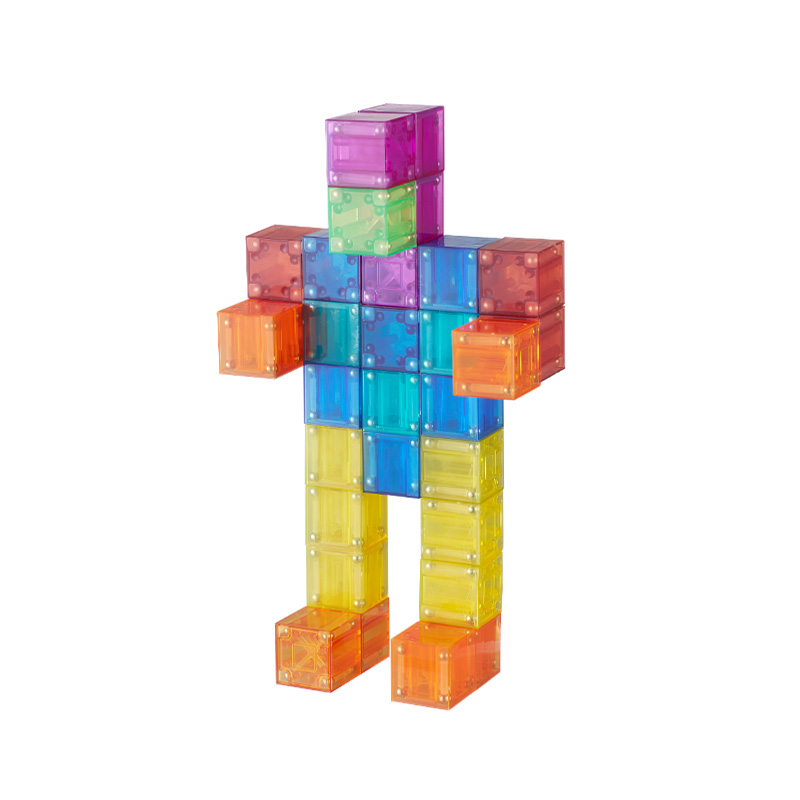Color Magnetic Stick And Buck Ball Set, Educational Decompression And Multi-Shape Building Block Toy
The Color Magnetic Stick and Bucky Ball Set is a versatile and engaging educational toy designed to enhance spatial imag...
See DetailsEarly childhood education focuses on nurturing a child’s cognitive, motor, and social development. One tool that has gained attention in recent years is the use of magnetic stick building blocks. These blocks provide a hands-on learning experience that encourages creativity, problem-solving, and fine motor skills in young learners. Understanding the role of magnetic stick building blocks in early education can help educators and parents create engaging learning environments.
Magnetic stick building blocks consist of small rods and magnetic connectors that children can assemble into various shapes and structures. Unlike traditional building blocks, these magnetic pieces offer the unique ability to connect at different angles, making it easier for children to experiment with geometric forms and spatial relationships. This flexibility encourages open-ended play, where children can explore and create without strict instructions.
One of the key educational benefits of magnetic stick building blocks is the enhancement of fine motor skills. Handling the small rods and connecting pieces requires coordination and dexterity. Young children develop stronger hand-eye coordination as they learn to manipulate the blocks and connect them precisely. These motor skills are essential for many everyday tasks and support other areas of learning, such as writing.

In addition to motor development, magnetic stick building blocks foster cognitive skills. As children build and rebuild structures, they learn about balance, symmetry, and stability. These activities introduce basic principles of engineering and physics in a playful manner. Through trial and error, children develop critical thinking and problem-solving abilities. This type of hands-on learning helps children understand cause and effect, spatial awareness, and planning.
Social development is another important aspect supported by magnetic stick building blocks. When used in group settings, these blocks encourage collaboration and communication. Children learn to share materials, discuss their ideas, and work together on joint projects. Such cooperative play promotes social skills such as turn-taking, listening, and negotiating. These interactions are vital for developing emotional intelligence and teamwork abilities.
The versatility of magnetic stick building blocks also allows them to be used across various educational themes. For example, teachers can integrate these blocks into lessons on shapes, numbers, or even storytelling by having children build scenes or objects related to a story. This adaptability makes magnetic stick building blocks a valuable addition to any early childhood classroom or play area.
Creating an inviting space for children to engage with magnetic stick building blocks is important. Arranging comfortable seating and appropriate tables supports focused play and learning. When children feel physically comfortable, they are more likely to stay engaged and benefit from the educational value of the activity.
While magnetic stick building blocks offer many advantages, it is important for caregivers and educators to provide guidance and supervision. Young children might need assistance in understanding how to connect pieces safely or in coming up with building ideas. However, allowing children the freedom to explore the blocks on their own also encourages creativity and independence.
Magnetic stick building blocks play a multifaceted role in early childhood education. They contribute to motor skill development, cognitive growth, and social interaction. Their open-ended nature supports creativity and problem-solving, making learning both enjoyable and meaningful. Integrating magnetic stick building blocks into educational settings offers children a valuable tool to explore and understand the world around them.